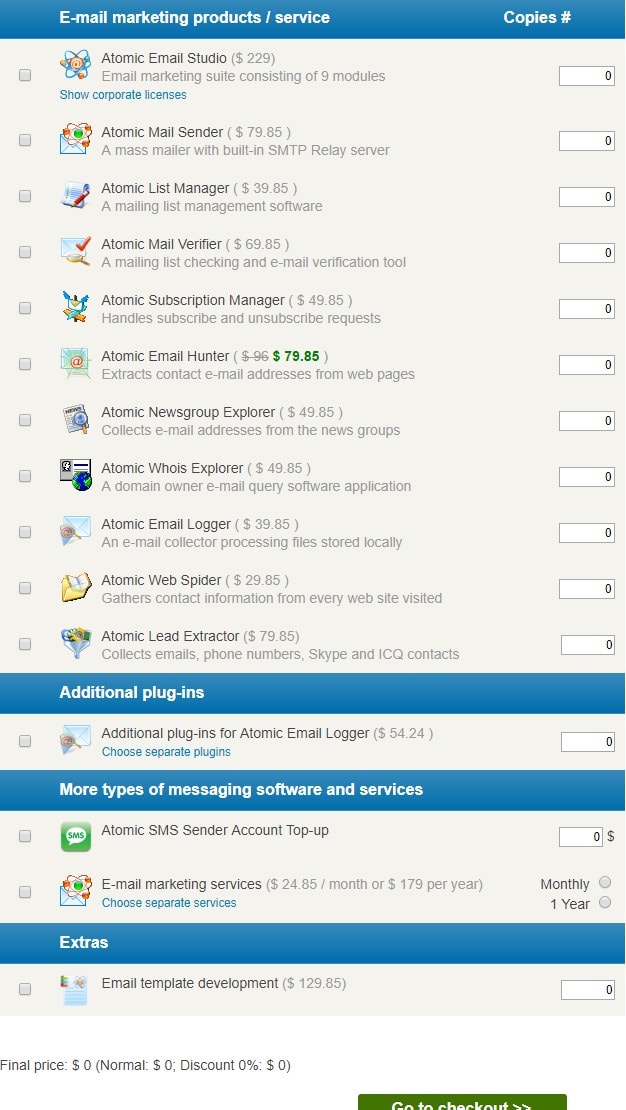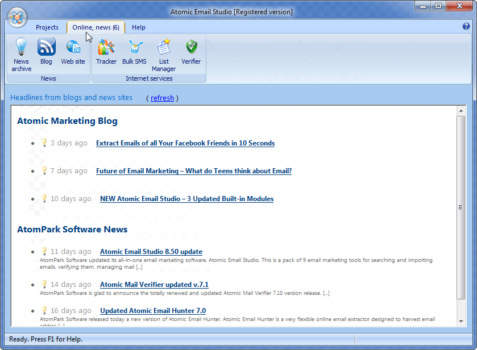
Scanning vibrating electrode tests, electrochemical impedance spectroscopy and immersion tests measurements were used to reveal the insights of global and localized corrosion behaviour of the functionalized material in different concentrations of sodium chloride solution.

The niobium oxide thin film was successful obtained on freshly plates of 2198-T851 alloy by reactive sputtering technique. This work aims to study the effect of niobium oxide coating on the long-term immersion corrosion of the 2198-T851 aluminium alloy. The results show an advantage in using the PVD method to produce thin films on the 2525-T3 Al alloy surfaces, as the wear resistance of the Al alloy coated by DLC film is higher than for the bare material and the corrosion resistance of the material is not compromised. The deposited films on the surface of the 2524-T3 Al alloy were characterized electrochemically by using potentiodynamic polarization curves (PPc), electrochemical impedance spectroscopy (EIS) and mechanically by using micro-abrasive wear tests (MAWTs). In this way, a set of DLC films was obtained by using physical vapor deposition (PVD) method and characterized by various techniques including scanning electron microscopy (SEM), energy-dispersive X-ray spectroscopy (EDX), Atomic force microscopy (AFM) and Raman spectroscopy. Thus, the use of protective coatings appears as a possible alternative against the advancement of the corrosion process of the 2524-T3 alloy. It is known that the corrosion process in Al alloys, most of the time, is due to the galvanic coupling of the intermetallic particles (IMs) and the Al matrix. However, the corrosion mechanisms are not yet fully understood since the material has a very complex microstructure due to impurities and the addition of alloying elements which lead to an increase in the localized corrosion process. Some studies are available in the literature about fatigue and fatigue - corrosion behaviour of 2524-T3 Al alloy.
#Atomic mail verifier coupon skin
The 2524-T3 aluminium (Al) alloy produced by ALCOA may be used as skin material by the aircraft industry. Since the surface functionalization resulted in both higher biocompatibility and tolerance by immune cells besides low inflammatory levels concerning the base material, we present a superior material with wide spectra of usage in the biomedical area. Cytotoxicity and biocompatibility (VERO-CCL-81 cell line) tests as well as analyzes of inflammatory responses with Human blood leukocyte cells were also performed by showing that Nb2O5 coating reduced both Ti6Al4V alloy toxicity and its inflammation induction besides increasing the anti-inflammatory cytokine levels. The high-resolution X-ray photoelectron spectra from Nb 3d and O 1s core-levels demonstrate unequivocally the presence of a single-phase Nb2O5.

#Atomic mail verifier coupon free
Interfacial tension theory was used for the determination of the surface free energy and showed that the treated surface became more hydrophilic when compared to the bare material. The system was characterized morphologically and structurally via SEM/EDX, AFM, FTIR, Raman spectroscopy and XPS.

Thin films of Nb2O5 have been deposited on the Ti6Al4V alloy surface by using the reactive sputtering technique. This paper proposes an applied and innovative research for the development of Nb2O5 thin film on the Ti6Al4V alloy surface with great prospects of being used in the biomedical area. The 2524-T3 Al alloy containing the Nb2O5 coating presented greater wear resistance than bare material, with reduction in the wear rate, under a mixed wear mode by rolling and scratching in both materials. Localised tests demonstrated that Nb2O5 coating was able to delay the onset of corrosion process and significantly improve corrosion resistance of alloy 2524-T3 Al alloy. The EIS spectra indicate that both the bare alloy and the Nb2O5 covered material were suffering pitting corrosion, although the obtained parameters indicate that the coating is expected to increase the corrosion resistance of the material, reducing the severity of the pitting attack. The results of FTIR are not conclusive regarding the possible valences in the chemical structure of the thin film, such as Nb2O5 or NbO2, whereas XPS results only indicate the presence of Nb2O5. After the morphological and structural characterization of the thin films, electrochemical and micro-abrasive wear tests were performed. A set of Nb2O5 thin films was obtained and characterized by various techniques including AFM, SEM, EDX, FTIR and XPS.

This study focuses on the surface modification of 2524-T3 Al alloy substrates, highly prospective in aeronautical sector, by niobium oxide films employing reactive sputtering technique.


 0 kommentar(er)
0 kommentar(er)
